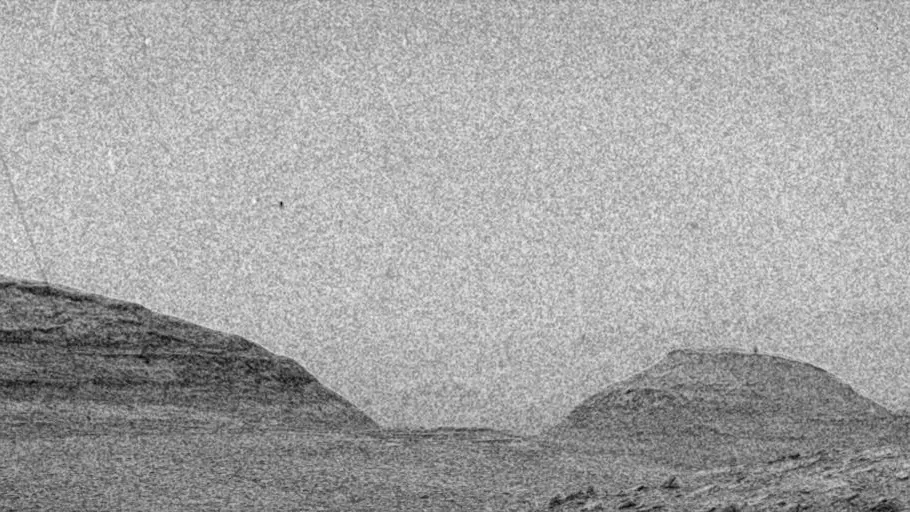By: Ruihao Rick Shan
San Jose, California- On May 20th, the Sun launched a barrage of Gamma and X-rays at Mars, leading to ultraviolet auroras all over the planet’s surface.
Information about the storm
Similar storms hit Earth during early May, but our planet’s magnetic field and atmosphere allowed us to view the spectacles safely. On the other hand, Mars doesn’t have a global magnetic field like Earth. Instead, Mars lost its magnetic field 4 billion years ago when the two liquids that made up Mars’s core separated and began to stratify. Once the liquids stratified, convection could no longer happen, and the magnetic field slowly deteriorated.
Rovers on Mars’s surface measured the radiation from the flare. The Curiosity Rover typically records an average of 700 micrograys daily. During the storm, that number jumped up to 8,100 micrograys. That’s equivalent to 30 chest X-rays at once.
How will this affect the future habitation of Mars?
Although the storm’s radiation isn’t fatal, it still poses a safety concern for future human missions to Mars. The radiation was so strong that it temporarily knocked the Mars Odyssey spacecraft offline. The solar panels also experienced a year’s worth of degradation in a day.
“For humans and assets on the Martian surface, we don’t have a solid handle on what the effect is from radiation during solar activity,” says Shannon Curry, principal investigator for the University of Colorado Boulder’s Laboratory for Atmospheric and Space Physics.
Using California’s Mojave Aiken Tube, Arizona’s Lava River Cave, and New Mexico’s Big Skylight, Giant Ice Cave, and Junction Cave, to mimic the lava tubes on Mars, researchers found that the tubes had significant radiation-shielding effects. Researchers also believe that the tubes can be pressurized and warmed up to become livable environments.
Conclusion
In summary, the solar storm on May 20th shows the dangers future Mars missions could face. While the radiation wasn’t deadly, it poses a significant concern for human safety and equipment durability. Lava tubes on Mars offer hope, as research suggests they could provide effective radiation shielding, making them potential shelters for future explorers.











